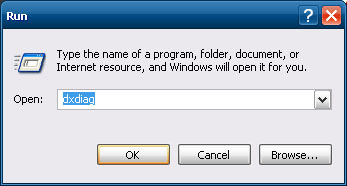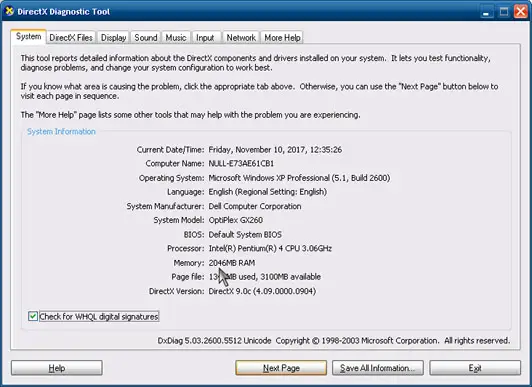How Much Memory Does A Laptop Have- Different Methods.

It is very important to know how much memory your laptop have, so that on depending on it you can arrange your files, folder, and applications. How to know how much memory does a laptop have?














